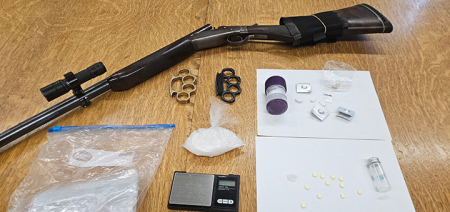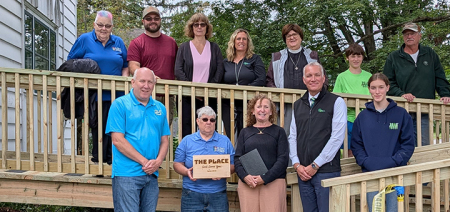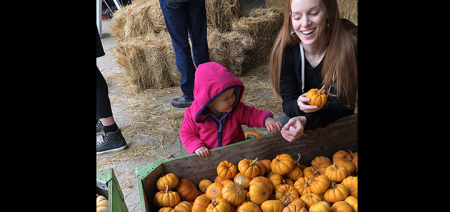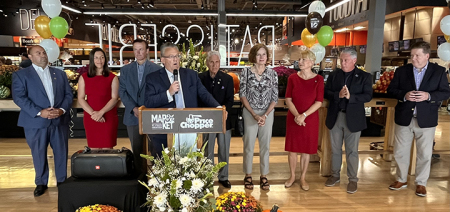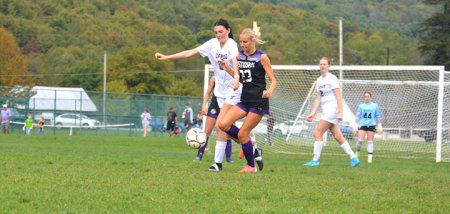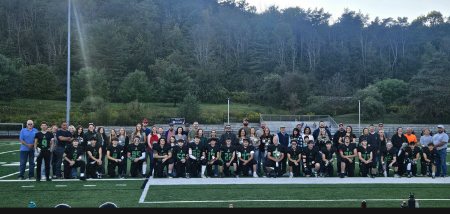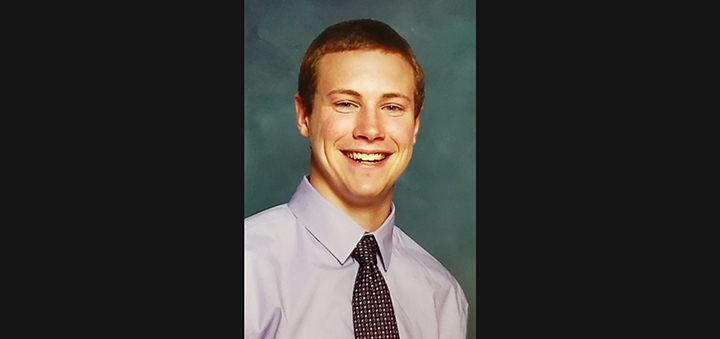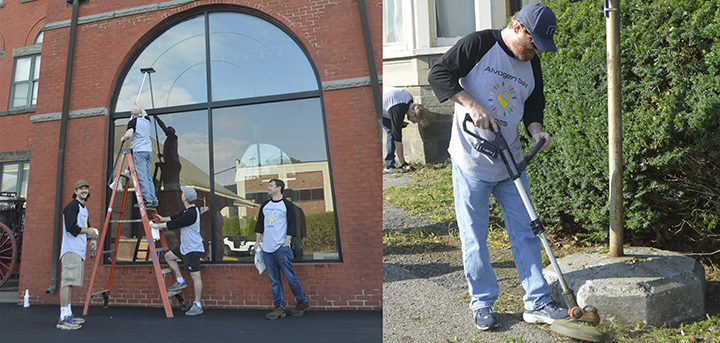Kopac; The Family, Not The Pond
Published:
February 12th, 2020
By:
Joe Angelino
The best hiking trails in Central New York are within the state lands and forests. Nearly all of these lands were once private property, usually a family farm. The section of the Finger Lakes Trail assigned to me as a maintainer is in the vicinity of Bowman Lake State Park. There is an additional spur-trail which I maintain known as the Kopac Loop, which leads to the observation deck at Kopac pond.
Hiking west out of Bowman Lake, over the earthen dam, and onto the wooded trail, you will not travel far before you have to negotiate a stone fence. This particular stone fence is well marked because it is the boundary between the State Park land and the McDonough State Forest. A long time ago, this fence was the property line of the Kopac family farm.
Today, we're going to learn the fascinating, sometimes tragic, story of the Kopac family. This account was related to me by the last surviving family member who lived on the Kopac farm, Peter Timperlake, age 80, of Oxford. Peter is the grandson of Andrew J. Kopac, who farmed the area, including what is now Bowman Lake Park, from 1915 through 1956.
Andrew Kopac was born in Eastern Europe's Lithuania in 1880. After surviving terrible conscription duty in the Russian Army, Andrew Kopac wanted to travel to America to see if the lifestyle was better. That curiosity brought Andrew to Yonkers, NY, where he obtained employment rolling barrels of sugar to and from ships on the Hudson River docks.
It was in Yonkers in 1910 Andrew met and married Anna Hudjik. Anna was ten years younger than Andrew and she was born in Poland. Anna worked as a cigar roller, and all was going well for this immigrant couple. Then, there was a fateful day when Andrew took a drink from a public water fountain and contracted Typhoid. Andrew became too sick and weak to work, and the couple thought it would be best to return to family in Andrew's homeland.
Andrew and Anna's return to Eastern Europe coincided with the turmoil leading up to the Russian Revolution and WWI. Having been there a short time, they found themselves trying to escape the prison-camp country of Lithuania. They did so making their way illegally into Finland.
From Finland, the weary couple found passage to Scotland. In Scotland, the Kopacs missed their ship back to America, taking a later scheduled boat. This was nearly the end of today's story because if they had made the first ship, they likely would not have survived the sinking of the Lusitania by German torpedoes.
On the voyage back to America, the Kopacs had their first child at sea, a daughter named Helen. Because the first shore Helen disembarked upon was the USA, she was considered an American by birth. The Kopacs again found themselves in Yonkers, and it was there Andrew somehow learned of 200 acres of property for sale in McDonough, NY.
In 1915, the young Kopac family made their way to what is now the intersection of Bliven-Sherman Rd and Bowman Rd in McDonough. Andrew bought the 200 acres along with 32 cows and five horses, all paid for in cash he'd been saving. Apparently, Mr. Kopac was a thrifty or "tight-fisted" man.
The Kopacs eventually had a typical large family to work on the farm. Along with born-at-sea Helen, there were siblings Edward, John, Veronica, Roselyn, and Mary. It was Mary who gave birth to my story-teller, Peter Timperlake.
The Kopacs were some hard-scrabble folks, and luck wasn't always on their side. In 1921 when "Pa" was taking milk to the railroad station in Oxford, young Ed Kopac tried to help out on the property by burning weeds around the house. The flames got out of control and burned the 12 room farmhouse to the ground. The entire family lived in the barn with the livestock for months while Andrew alone built a new home at night after daily chores were completed.
In 1929 brothers John and Ed took to the field with long arms, either rifles or shotguns for hunting and plinking. During the outing, John, age 16, was accidentally shot in the head and killed; further details are unknown and have gone to the grave.
In 1935 heavy rain and flooding ravaged Central New York, including the Kopac Farm. Andrew Kopac found himself separated from his pastured cows by deep floodwaters. After two days of cows not being milked, Andrew swam across the flooded area to milk his cows onto the ground where they stood. It was after this flood the pasture behind their home never dried out and turned into a spring-fed swamp. This swamp later became the man-made Bowman Lake.
In 1942 daughter Veronica was driving to Norwich at night on a dark and unlit Route 12. In the area of the Half Way House Inn, Veronica's northbound car slammed into a parked tractor-trailer. Veronica died at the scene at age 18.
In 1945, daughter Mary, now married with a son (our story-teller, Peter Timperlake), was living at 13 Hickok Ave in Norwich when she passed away from sickness. Mr. Timperlake, the widower, was at a loss on how to raise five-year-old Peter alone. Mr. Timperlake brought Peter to the Kopac farm and "left him." He also left an unfilled promise to pay $10 per month for the boy's care.
Peter grew up on the Kopac farm without electricity or plumbing with his grandparents, Andrew and Anna, until he was old enough to leave by enlisting in the US Army at age 18. Peter further related around 1956 the District Forester, Charles Baker offered Andrew Kopac a price of $2 per acre for the farm. Mr. Kopac took the $400, and he and Anna said good-bye to farming forever. Mr. Andrew Kopac died in 1959, and Anna (Hudjik) Kopac died two years later in 1961. Both were buried in Saint Joseph's Cemetery in Oxford.
A bit long for a Wednesday column, but this is a story that mesmerizes me because I walk the Kopac family farm often with my thoughts wandering in all directions. For as long as the last reader of this column is alive to remember, the word Kopac isn't a pond or a trail; it's a family.
Postscript: I want to thank Peter and his wife Nancy, for allowing me into their Oxford home, for showing me family photos and letting me tell this story which would better be told as a movie. Every family has an interesting story, and I can't write them all, so each of you better get busy writing so your family's legacy will endure.
Author: Joe Angelino - More From This Author
Comments
